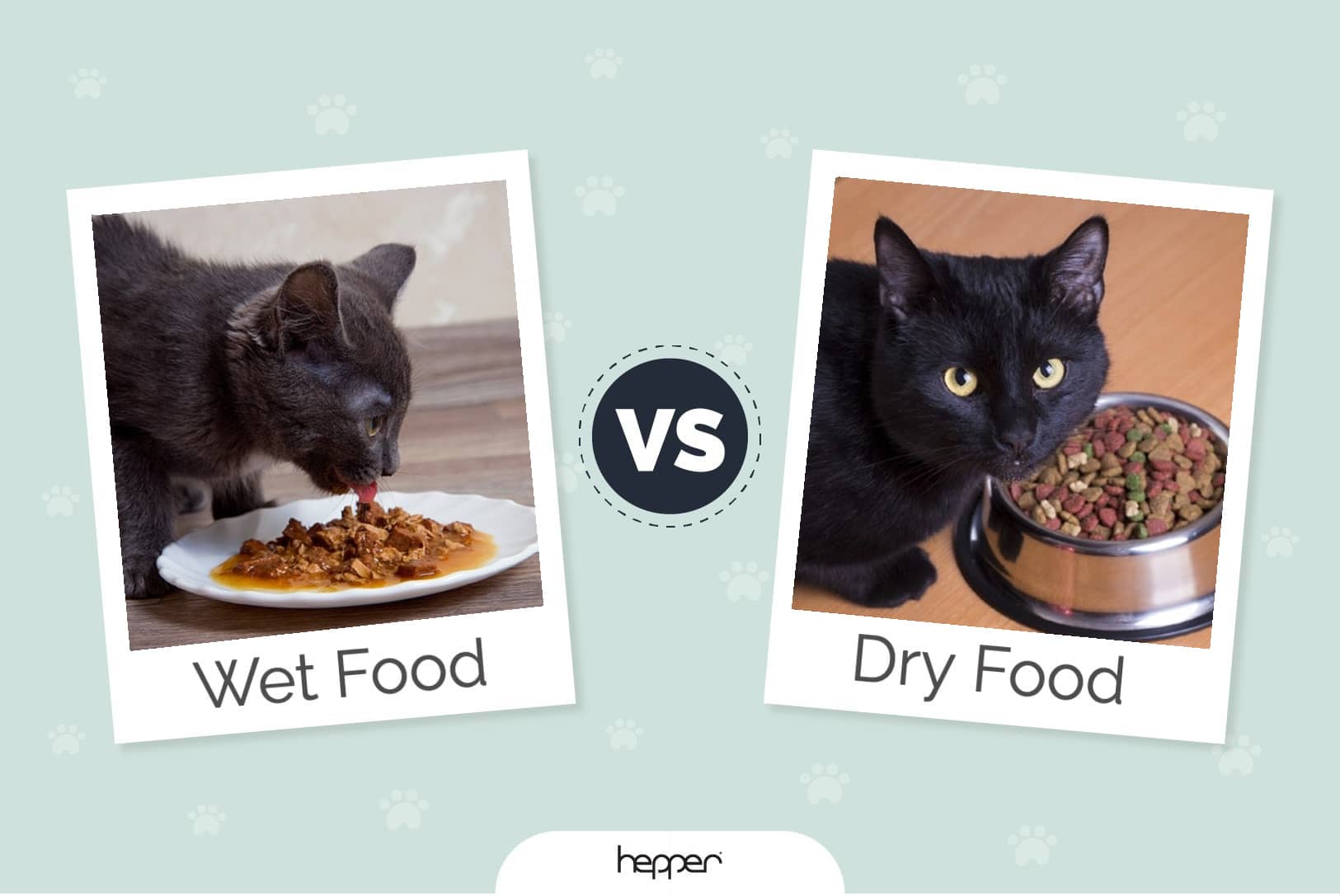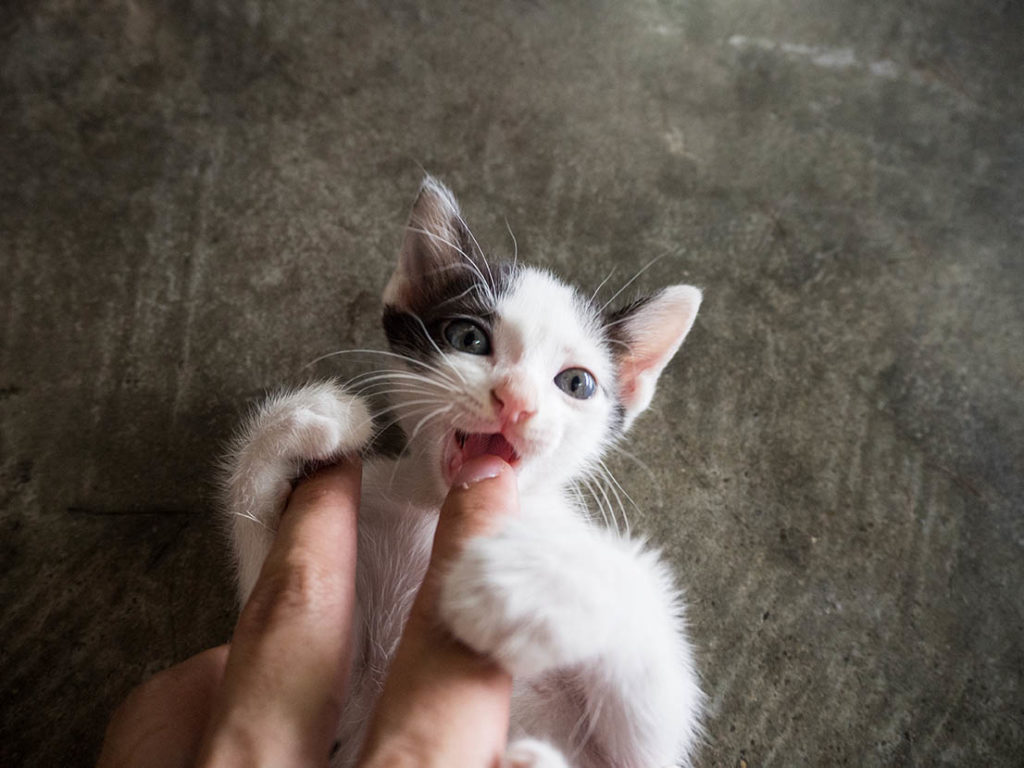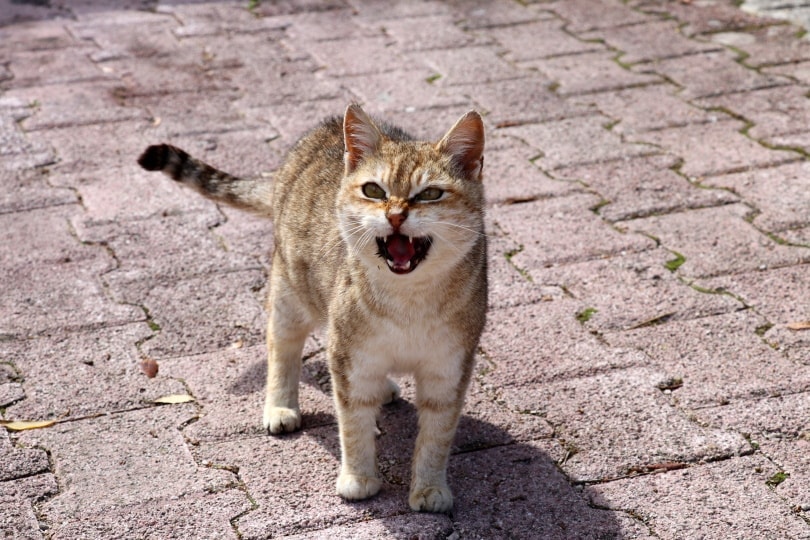Is Sedum Toxic to Cats? Vet Approved Facts & Safety Guide

Updated on
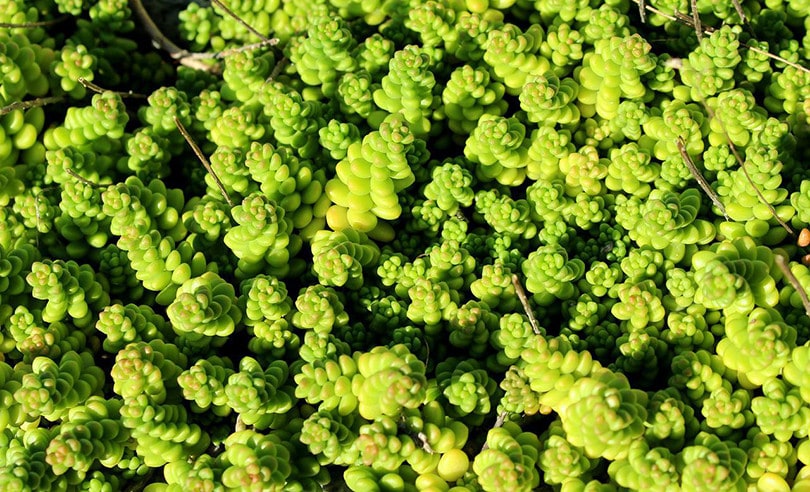
Click to Skip Ahead
Some succulents are toxic to cats, dogs, and horses, but sedum, also referred to as stonecrop, is not poisonous to cats. The sedum genus includes several hundred succulents used as groundcover in outdoor gardens and attractive houseplants. Stonecrops have fleshy leaves for storing water, and they’re hardy plants that require minimal care to keep them thriving indoors.
Although they’re safe to have in the same home as a cat, any plant can cause an upset stomach or other symptoms if a large quantity is ingested. If your feline reacts to a non-toxic species, contact your veterinarian.
Succulents That Cat Owners Should Avoid
One of the most valuable resources for cat lovers is ASPCA’s toxic plant list. It contains a surprising number of poisonous and non-toxic plants for cats. If you visit a garden center or private nursery, you can refer to the list from your phone to ensure you do not bring home a deadly plant for your pet to munch on.
Several succulent species are safe for pets, but you should avoid these plants to prevent an adverse reaction from your feline.
Jade
Also known as the Dwarf Rubber Plant and Baby Jade, Jade is a practical choice for amateur gardeners and homeowners. In its native home in southern Africa, the Jade grows as large evergreen shrubs in mountainous regions and can reach 6 feet high.
As a houseplant, it only grows 2 to 3 feet tall, and the most common variety, Crassula ovata, has bright green fleshy leaves. The lower limbs and leaves fall off when the plant grows, and the fallen pieces can be tempting targets for bored pets. The toxic substance in jade is unknown, but it can cause depression, incoordination, and vomiting if eaten by a cat.
- Tricolor
- Hobbit
- Gollum
- California Red Tip
- Sunset
- Variegata

Aloe Vera
Most Aloe Vera plants have green, spiked limbs, but other varieties can have spotted tendrils and colorful limbs. The plants provide relief from sunburn and are found in cosmetic products and supplements. Regardless of the variety, all aloe vera are toxic to felines.
Aloe contains anthraquinone glycoside which can cause vomiting and diarrhea in cats. Depending on the amount ingested, most cases of aloe vera poisoning are mild to moderate.
Crown of Thorns
The Crown of Thorns, Euphorbia milii, is an evergreen shrub that grows outdoors in warmer climates, and it’s become a prevalent houseplant that blooms all year, even when kept indoors. It has waxy green leaves, long thorny stems, and gorgeous flowers that can be white, red, pink, orange, or yellow.
A cat is unlikely to attack the spiked portion of the plant, but the leaves and flowers can cause gastrointestinal upset if swallowed.
- Short and Sweet
- Brush Fire
- Giant Crown of Thorns
- Crème Supreme
Pencil Cactus
The Pencil Cactus is another plant in the Euphorbia genus to keep away from your furball. It’s named after its cylindrical, pencil-like stems, but it’s a succulent rather than a true cactus. Like its poisonous cousin, the Poinsettia, the pencil cactus should not share the same home with a cat. The plant contains a latex sap that can cause skin and eye irritation in humans and felines.
Since the plant grows fast and can lose stems when it’s under-watered, the toxic pieces can fall to the floor. Although it’s not a deadly toxin, the sap can cause vomiting if a cat ingests it.
Kalanchoe
The Kalanchoe has several nicknames, including Devil’s Backbone, Mother-In-Law Plant, Mother of Millions, and the Chandelier Plant. The plant is native to Madagascar and is known for the tiny plantlets that grow along the outside of the narrow leaves. In the wild, the Kalanchoe is an invasive species that grows like a weed, but it can be contained in a small pot for indoor settings.
The toxic bufadienolides in the leaves can cause diarrhea and vomiting in cats, but in rare cases, it can also lead to an abnormal heart rhythm.
Non-Toxic Succulents for Cat Lovers
It’s unfortunate that you cannot keep some of the most common succulents in your home, but you grow any variety of these three plants without worrying about your cat’s health.
Burro’s Tail
The Burro’s Tail, or the Donkey Tail, is a sedum native to southern Mexico. It’s tolerant of hot and dry conditions and can be grown outdoors or in a sunny indoor location. The long, drooping clusters of pointed leaves provide a stunning accent to any bright room. When the plant receives enough water, the leaves swell, but they shrivel up if deprived of moisture.
The Burro’s Tail is an unusual stonecrop that is best displayed in a hanging container, and it’s feline-safe.
Haworthia
The Haworthia genus includes 60 species of succulent plants that are safe for your kitty, but your pet is unlikely to bite or eat the pointed, fleshy leaves. Compared to other succulents, most Haworthia require less light to grow. If they’re deprived of sunlight for long periods, the leaves will turn a lighter shade. The succulents can have green, black, brown, or red colors.
Haworthia plants are available in several shapes and colors, but if you miss the aloe vera in your home, you can purchase the zebra plant variety with similar green spines.
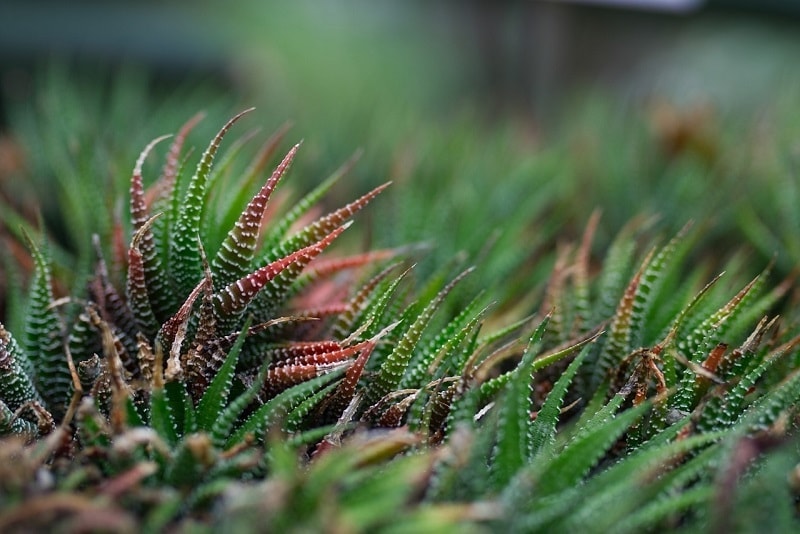
Houseleeks
The Houseleek, or hens and chickens, is one of the simplest indoor plants to maintain. It’s a sedum with flower-shaped leaf growth that gained the nickname “hens and chicken” from the base leaves (hens) that support smaller offshoots (the chickens). They thrive in direct sunlight, but they can tolerate frosty outdoor temperatures, unlike most succulents.
Houseleeks can be grown on rock piles, in the ground, or in small containers.
Keeping Your Pet Safe
Cat owners do not want their pets to ingest toxic plants, but some choose to restrict access to the plants rather than remove them from the premises. A hanging plant or one placed high on a small shelf may prevent a cat from batting or biting it directly, but it will not protect the animal from fallen vegetation.
For instance, if you place a Jade plant on a shelf that your cat cannot access, the plant’s bottom stems will fall out as it grows. A dried green stem on the floor can be targeted as a toy for your cat, and it may bite or eat the toxic plant. Even outdoor plants can harm your pet if the leaves or seeds are tracked into your house. However, removing all your poisonous outdoor species is unnecessary and overly cautious if you clean your home regularly and keep your pet indoors.
Cats do not always bite or attack houseplants, and some may be encouraged to focus their energy on toys when their owners spend time playing with them every day. If you provide a healthy diet, fresh water, exercise, and love, your cat will be less motivated to munch on succulents or other houseplants.
Whether a houseplant is considered toxic or pet-friendly, call your veterinarian or the pet poison hotline (855-764-7661) if your feline has a troubling reaction from consuming a plant.
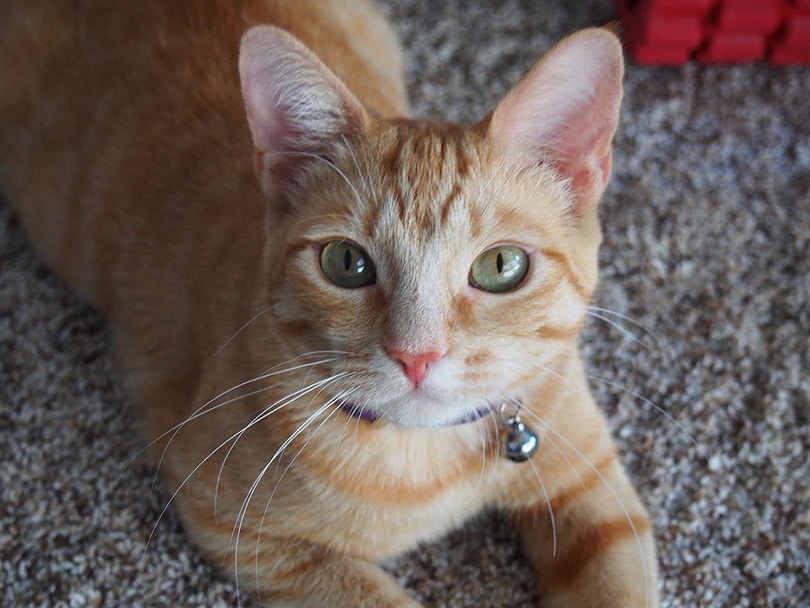
 Final Thoughts
Final Thoughts
Browsing through toxic species lists and reading factual posts about adverse reactions to plants can be agonizing for cat lovers. However, you can prevent your cat from eating anything harmful by researching the species you plan to use as houseplants. If you have to remove plants that you discover are unfit for your pet, you can donate them or give them to a friend who lives in a home without cats or dogs.
Some plants are only toxic to cats, but several species are poisonous to canines, cats, and livestock.
See Also:
- Is Eucalyptus Poisonous to Cats? Vet-Reviewed Facts to Keep Your Cats Safe
- Are Prayer Plants Toxic to Cats? Risks & Toxic Plants to Avoid
Featured Image Credit: _Alicja_, Pixabay



